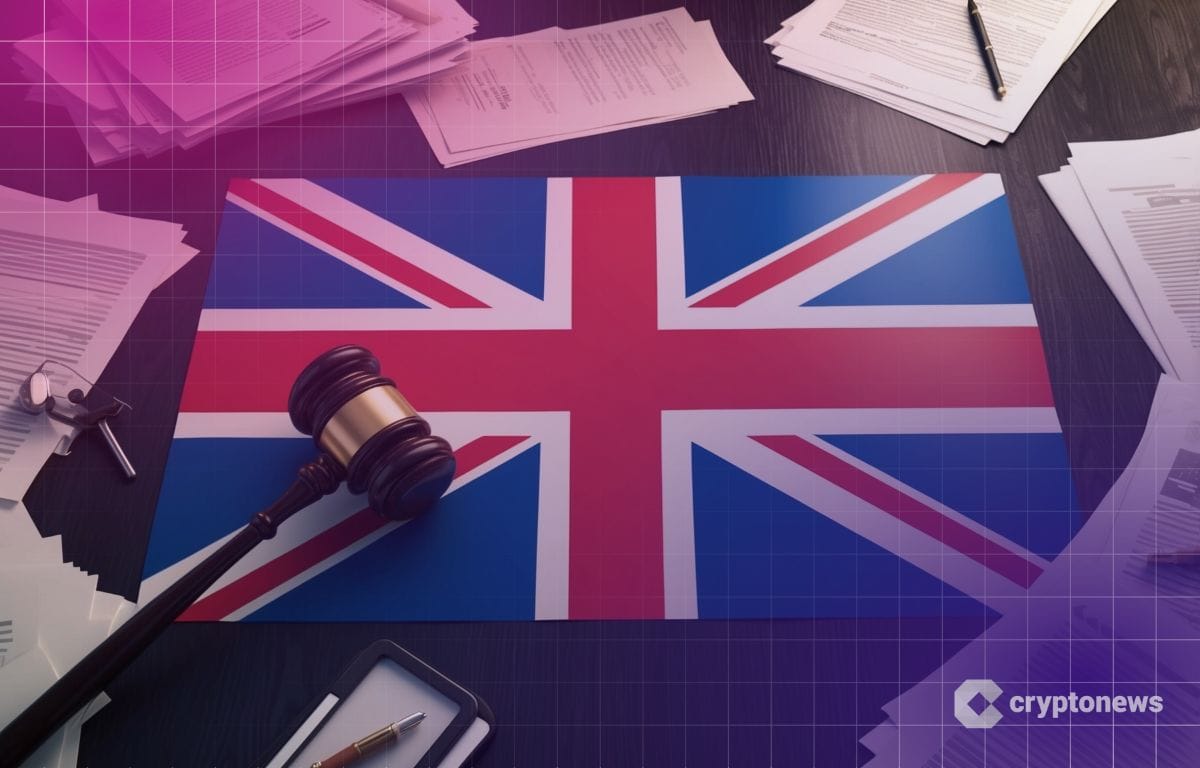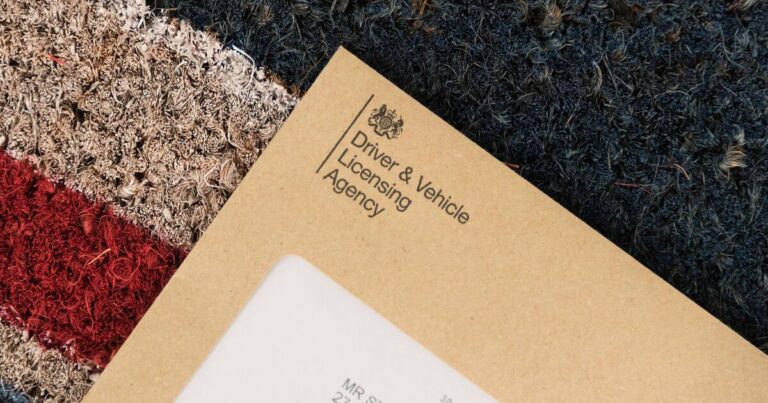Last updated:
 Why Trust Cryptonews
Why Trust Cryptonews

The United Kingdom plans to introduce a comprehensive regulatory framework for the cryptocurrency sector early next year.
During a London conference on Thursday, Economic Secretary to the Treasury Tulip Siddiq said that the proposed framework will consolidate regulations for stablecoins—digital currencies pegged to assets like the U.S. dollar—and staking services under one unified regime.
“Doing everything in a single phase is simpler and it just makes more sense,” he said.
Stablecoins Will No Longer Fall Under Existing Regulations
These measures were initially expected under the previous Conservative government but were delayed due to the July general election, which resulted in a landslide victory for Keir Starmer’s Labour Party.
As part of the new framework, stablecoins will no longer fall under the existing payments services regulation.
Siddiq argued that this classification is unsuitable given stablecoins’ evolving use cases.
The U.K.’s push for regulatory clarity comes as it seeks to counter growing competition from the United States, where the incoming administration of President-elect Donald Trump has actively courted crypto businesses.
Delayed action on legislation has made some companies hesitant to invest in the U.K., especially as the European Union’s Markets in Cryptoassets (MiCA) regulation is set to take effect by year-end.
The industry has also called for staking services—where investors lock tokens to support blockchain operations—to be excluded from being treated as collective investment schemes, which would subject them to stricter scrutiny.
Siddiq echoed this sentiment, emphasizing the government’s intention to resolve legal uncertainties surrounding staking.
“For me, it doesn’t make sense for staking services to be treated this way,” Siddiq said at the Tokenisation Summit. “We will address this issue accordingly.”
In October, Dante Disparte, the global head of policy at Circle, said that the U.K. was expected to implement regulations for stablecoins within a matter of months.
“I think we’re within months, not years,” Disparte said, referring to the anticipated stablecoin regulations.
Stablecoin Market Remains Unregulated in the US
Notably, the stablecoin market, currently valued at over $140 billion, remains unregulated in the United States.
Just recently, Senators Cynthia Lummis and Kirsten Gillibrand joined forces to propose a new bill aimed at regulating stablecoins.
Under the proposed legislation, payment stablecoin issuers would be subject to reserve and operational requirements, including the creation of subsidiaries dedicated to issuing stablecoins.
The bill defines payment stablecoins as digital assets pegged to the U.S. dollar that are intended for use as a means of payment or settlement.
Conversion to dollars would be an obligation for issuers, and the asset itself would not be classified as a security.
Non-depository trust companies registered with the Federal Reserve Board of Governors or depository institutions authorized as national payment stablecoin issuers would be eligible to become issuers, with both state and federal regulators overseeing their operations.





















